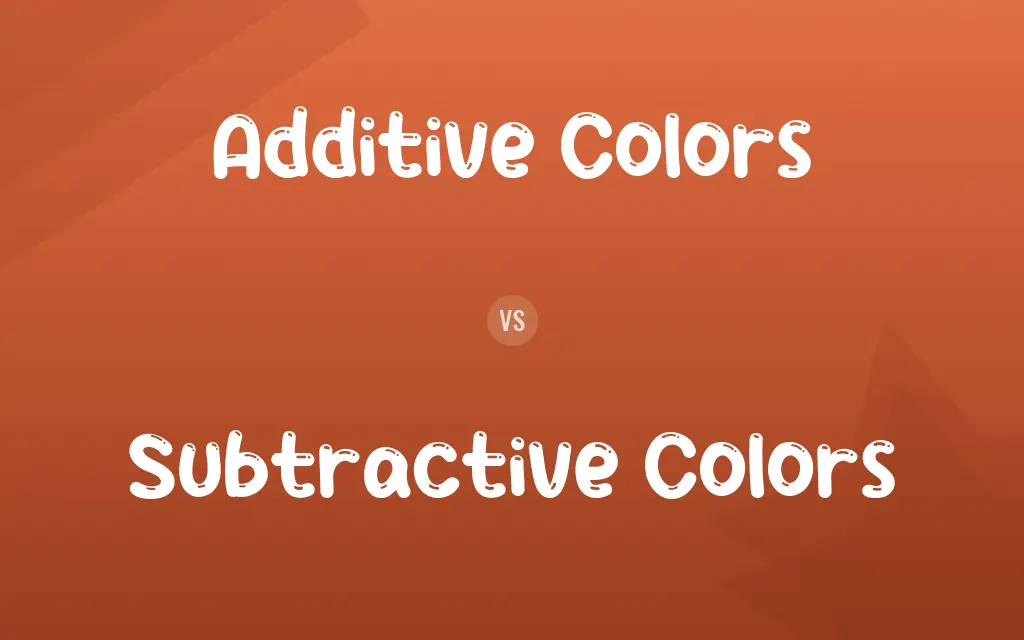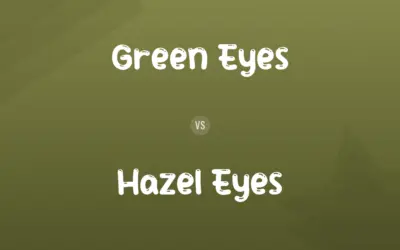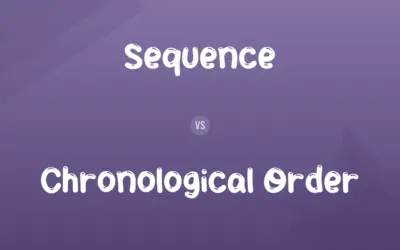Additive Colors vs. Subtractive Colors: Difference and Comparison
Edited by Muazma Batool — By Muneeza Rehman — Updated on January 27, 2024
Additive colors combine light sources to produce white, while subtractive colors mix pigments to absorb light, producing black.

Difference Between Additive Colors and Subtractive Colors
In the vast universe of color, additive colors and subtractive colors play significant roles, especially when understanding how colors combine. Additive colors, rooted in the behavior of light, involve the combination of different light colors. The primary additive colors are red, green, and blue (RGB). When these colors are combined, they produce white light. This process is visible in devices like TVs or computer screens, where varying intensities of these colors blend to display a full spectrum of colors.
Muneeza Rehman
Jan 25, 2024
Subtractive colors, in contrast, are more about pigment and reflection. This system operates on the principle that when colors are mixed, they subtract wavelengths from the white light, hence "subtractive." The primary subtractive colors are cyan, magenta, and yellow (CMY). When combined in printing, they tend to produce darker colors, leading towards black. Painters, printers, and artists typically engage with subtractive colors in their work.
Muazma Batool
Jan 25, 2024
Furthermore, the behavior of additive colors is such that when two primary colors combine, they create a secondary color of light. For instance, red and green light combine to produce yellow light. Subtractive colors work oppositely; combining two primary subtractive colors will absorb more light, leading to a darker hue. For example, mixing cyan and magenta pigments produces blue.
Muneeza Rehman
Jan 25, 2024
It's fascinating how these two systems, additive colors and subtractive colors, coexist and contribute to the wide variety of colors we perceive daily. While both systems have their unique approaches and applications, understanding their mechanics helps professionals across various fields, from digital designers to traditional artists, utilize color most effectively.
Muneeza Rehman
Jan 25, 2024
Additive Colors vs. Subtractive Colors Comparison Chart
Additive Colors vs. Subtractive Colors Definitions
◉Additive Colors
Combining primary colors (RGB) produces white.
Computer screens use additive colors to display various hues.
Muazma Batool
Sep 25, 2023
◉Subtractive Colors
Pigment system where color combinations absorb light.
Printers use subtractive colors for detailed images.
Muneeza Rehman
Sep 25, 2023
◉Additive Colors
Light-based system where colors combine to create white.
The TV uses additive colors to create vibrant images.
Muneeza Rehman
Sep 25, 2023
◉Subtractive Colors
The system where added colors result in darker hues.
Color mixing in art class showcased subtractive colors.
William
Sep 25, 2023
◉Additive Colors
The light system where added colors brighten the output.
Digital artists use additive colors in software for design.
Lucas
Sep 25, 2023
◉Subtractive Colors
Merging primary pigments (CMY) moves towards black.
Art painters rely on subtractive colors for their palette.
Muazma Batool
Sep 25, 2023
◉Additive Colors
Red, green, and blue light merging to produce white.
Stage lights often employ additive colors for effects.
Muneeza Rehman
Sep 25, 2023
◉Subtractive Colors
Pigments that reflect certain wavelengths and absorb others.
Magazines use subtractive colors for vivid illustrations.
Muneeza Rehman
Sep 25, 2023
◉Additive Colors
Colors originating from the combination of light sources.
Projectors rely on additive colors to showcase visuals.
Muneeza Rehman
Sep 25, 2023
◉Subtractive Colors
Colors produced by reflecting and absorbing light.
The artist's canvas displayed the magic of subtractive colors.
Muneeza Rehman
Sep 25, 2023
Additive Colors vs. Subtractive Colors Frequently Asked Questions
Which primary colors are associated with additive colors?
Red, Green, and Blue.
Muneeza Rehman
Jan 25, 2024
Which colors are considered primary in the subtractive color model?
Cyan, Magenta, and Yellow.
Muazma Batool
Jan 25, 2024
Where might you typically encounter additive colors?
On computer screens or TVs.
Muneeza Rehman
Jan 25, 2024
Which color system absorbs more light as more colors are mixed?
Subtractive colors.
Muneeza Rehman
Jan 25, 2024
Content Creators
Written by
Muneeza RehmanAt Comparisons.wiki, Muneeza skillfully navigates the vast sea of information, ensuring clarity and accuracy as the lead content editor. With a keen eye for detail, she curates every comparison to enlighten and engage readers.
Edited by
Muazma BatoolAs a content editor, Muazma Batool is not just a grammar guru but a creative mastermind who breathes life into every word. With an eagle eye for detail and a passion for storytelling, she transforms bland text into engaging content that captivates audiences and drives results.

































